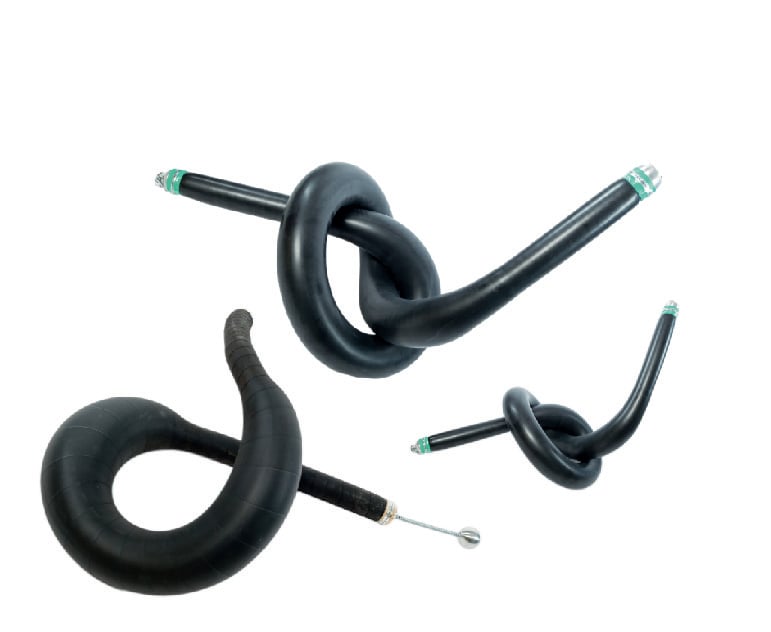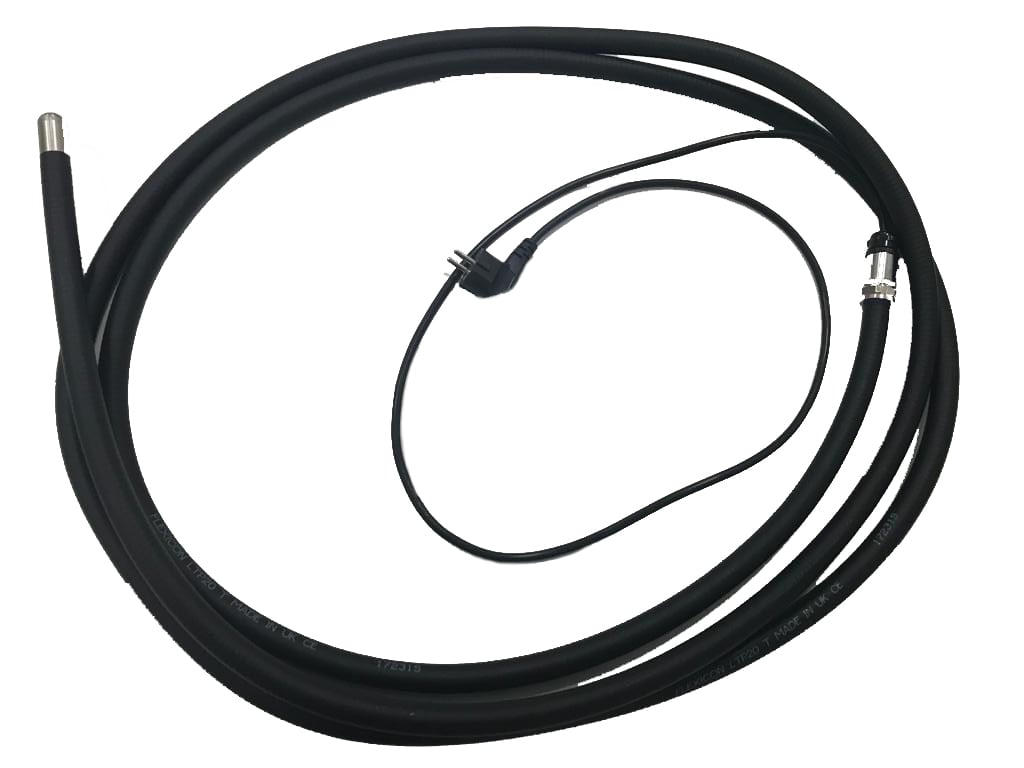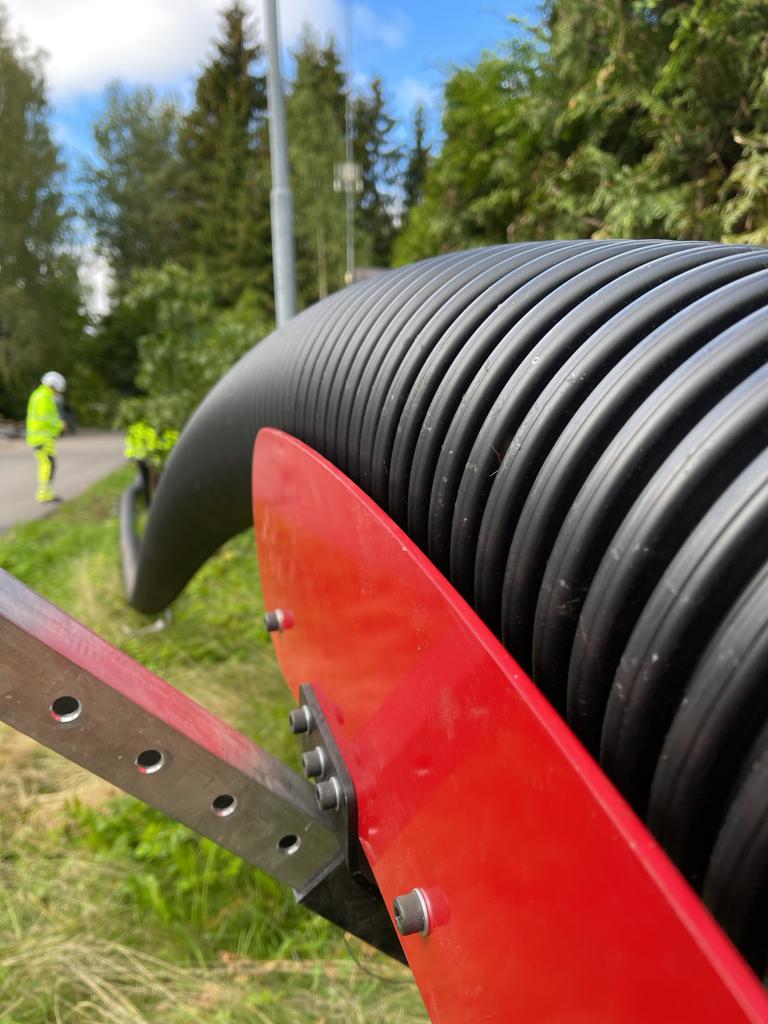.jpeg?width=880&height=840&name=LINER%20REMOVAL%20(2).jpeg)
Sumner, Seattle (Washington)
Vortex CompaniesFailed Liner Removal with Maxi Power+
The main sewer line of an under-construction condominium had failed liner.
The liner had collapsed during the installation process. The affected 6” diameter pipes ran 20 ft below the ground level.
Seattle, WA (USA)
Collapsed Liner Removal
3-8"
Vortex Companies, formerly known as Trenchless Pipe Repair (TPR)
Introduction
A liner removal project carried out in Seattle, WA, USA in July 2018.
3-8" sewer stubs needed to be CIPP lined to conform to the local city code. The main sewer line of an under-construction condominium had failed liner in some of the parts, which had collapsed during the installation process.
The affected 6” diameter pipes ran 20 ft below the ground level. Vortex Companies, formerly known as Trenchless Pipe Repair (TPR), did the CIPP lining and the liner removal later using Picote machines and tools.
The failing of the liner might have occurred due to different reasons – over/under-sizing of the liner, higher moisture content, inadequate resin or curing, etc. The failed liner needed to be removed to prepare the pipes for relining.
Along with the collapsed liner, there were concrete deposits in another segment of the pipe which were detected during a CCTV inspection.
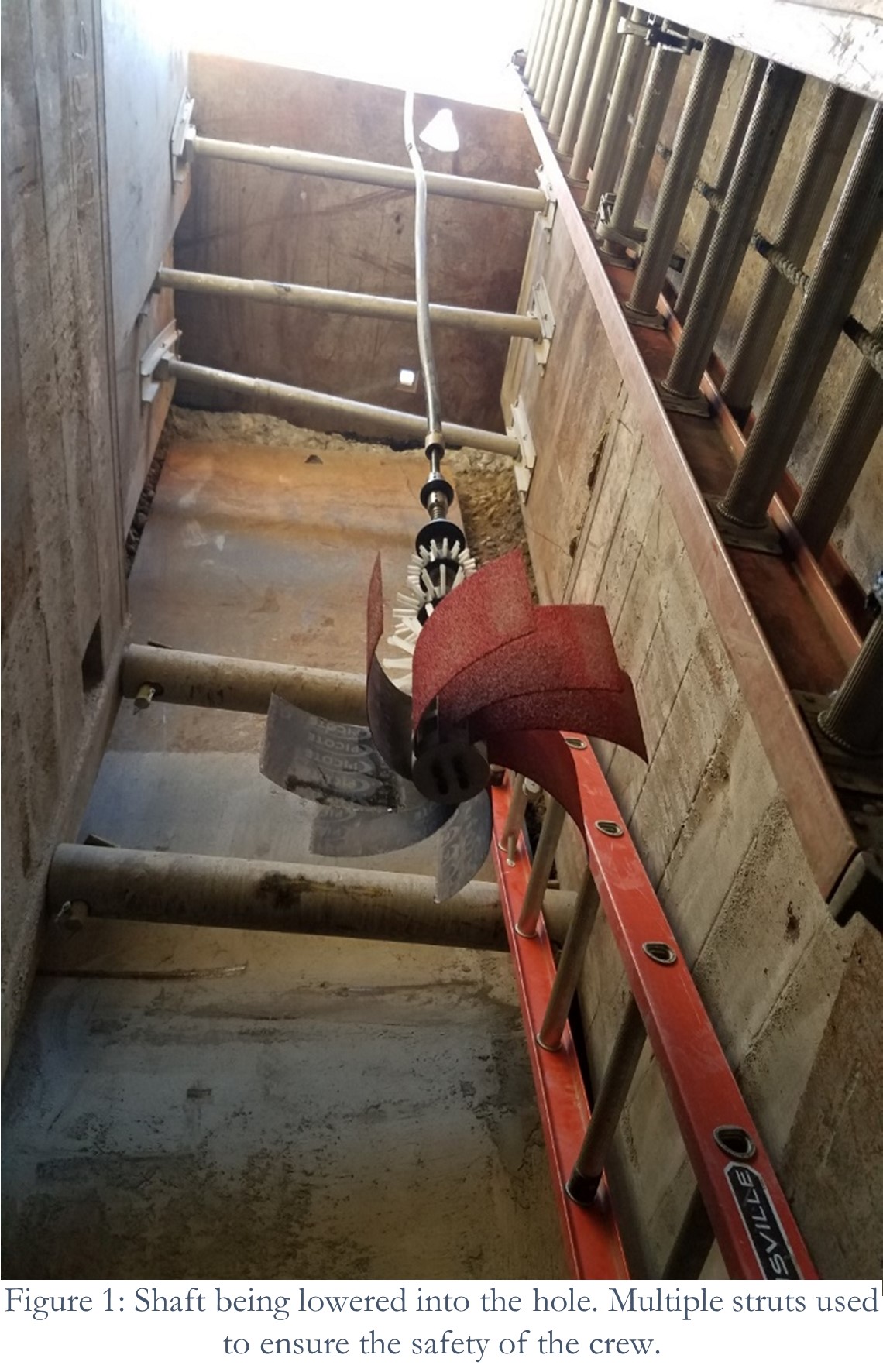
Issues and Challenges
The pipes ran 20ft deep under the surface. The liner collapsed during the CIPP lining and the concrete got deposited in the pipe during the construction phase. Using a CCTV camera, they found the concrete congested pipe was 20 ft long while the portion with failed liner was measured to be 32 ft.
Since the building was still under construction, no services were affected, but this setback could have delayed the whole project and overrun the budget. Using a traditional replacement method would have caused a heavy financial burden on Vortex Companies.

Systems and Implementation
An access point was made.
Since these holes were in the work zone, it was mandatory to coordinate with contractors to avoid any conflict or potential risks arising due to presence of other sub-contractors working.
Maxi Power+ was used throughout the project. Power+ is a high-speed machine which can be used for concrete and liner removal, descaling and reinstatements. The machine was placed above the grade and the shaft was lowered into the access point.
There were a total of 5 people working on the job. Two of the crew were down in the hole removing the failed liner, while three members were above ground, coordinating with other contractors and looking out for the safety of the people working below.
A Concrete Twister was used to remove the concrete. The Smart Cutter™ and the Crusher were chosen for efficient liner-removal. The concrete removal was completed in one day, while the liner removal took two and a half days.
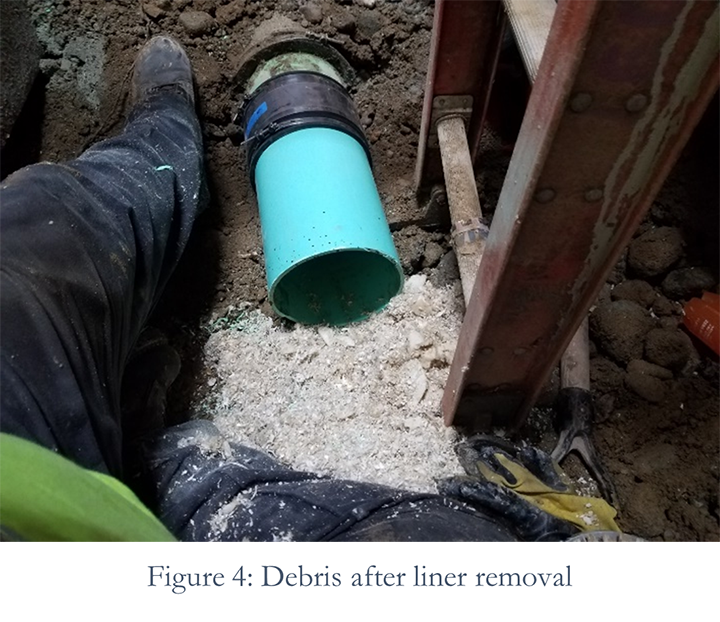
Ground Condition & Testing
There were access holes more than 20 ft deep in the construction zone. The project was still in construction phase, so the access holes had loose soil on all the sides. The trench was braced by laggings and struts on all the side. Working conditions were not ideal in the hole as the temperature was consistently above 90F.
After the removal of the liner and concrete, the pipes were inspected using CCTV camera. It was made sure that the pipes were structurally capable of being lined with CIPP liner.
Benefits
The estimated replacement cost for the pipes would have been as high as $250,000, whereas the trenchless concrete removal cost $18,000 to the city of Seattle.
The liner removal could have cost $20,000-$40,000. As the liner was installed by TPR, the liner removal was the responsibility of the company and hence, the city was not charged.
The combined cost of liner removal and concrete removal would have been around $50,000, 1/10 of the total cost replacement would have been. This figure alone truly highlights the benefit of using trenchless technology.
There was no disruption to any services because the project was under construction, however traditional replacement would have still meant disruption to the work of other subcontractors working on the different parts of the project. Thus, the trenchless method not only cost a fraction of the price which they would've paid to remove the concrete and replace the pipes, but also saved the project from overrunning the schedule.
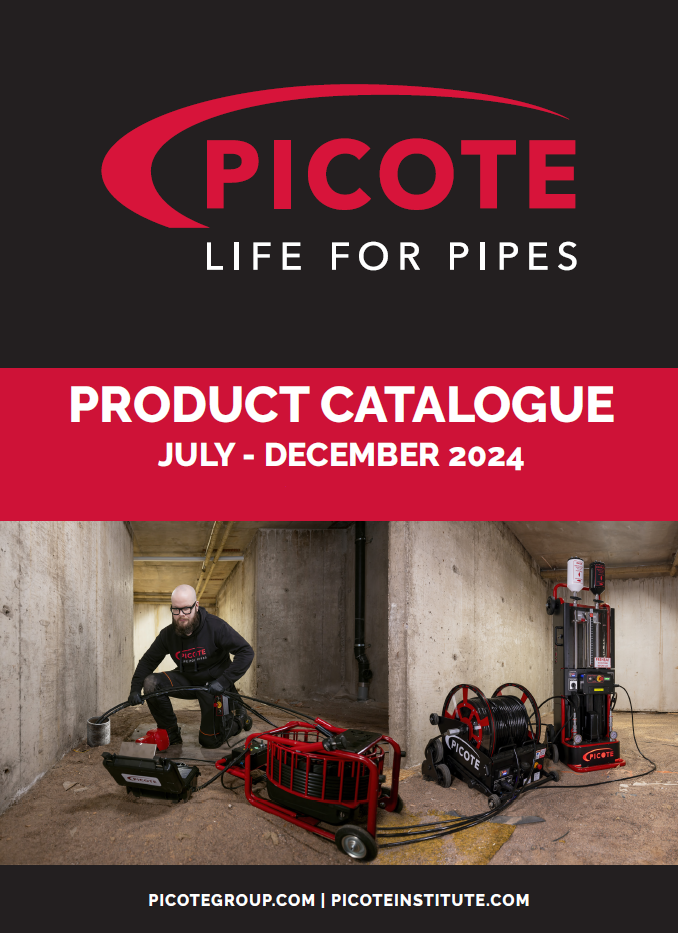

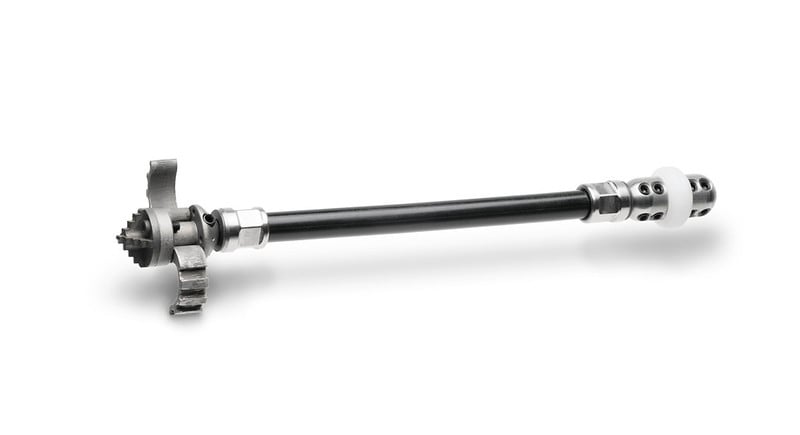
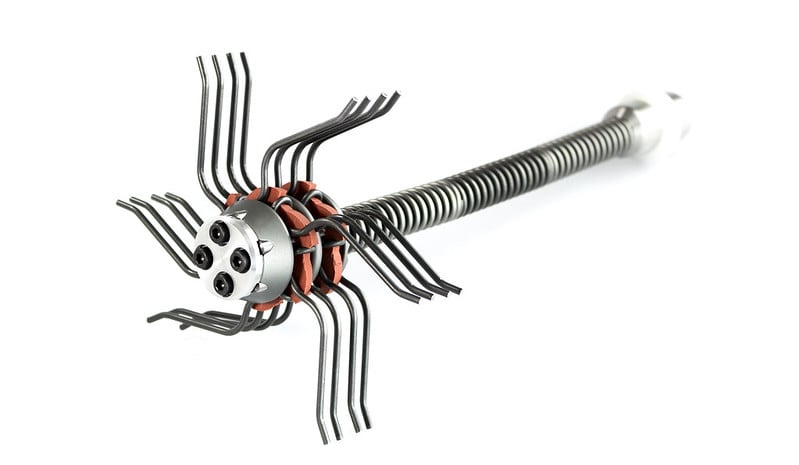
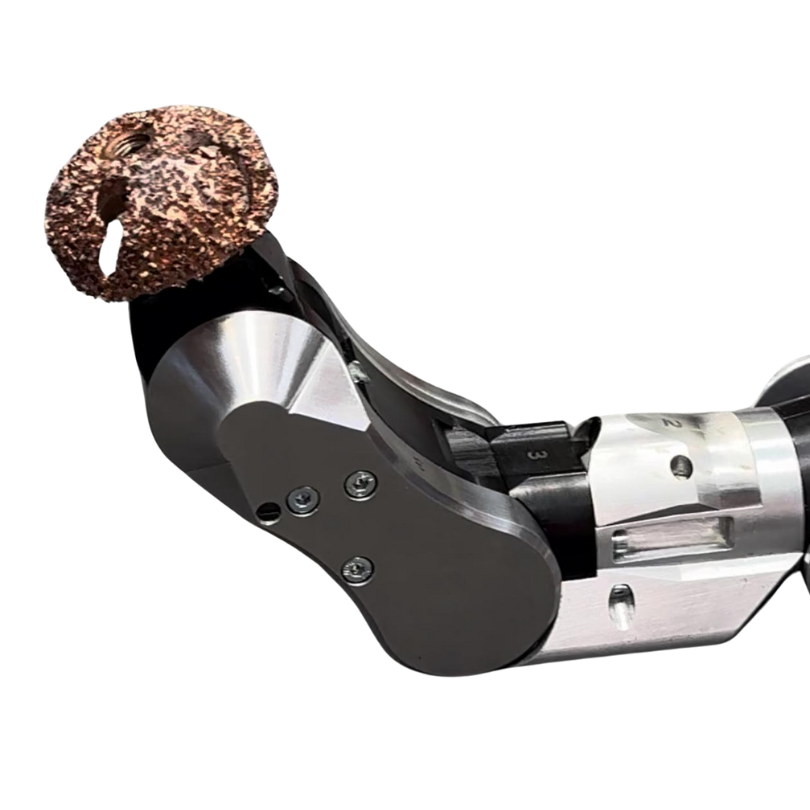
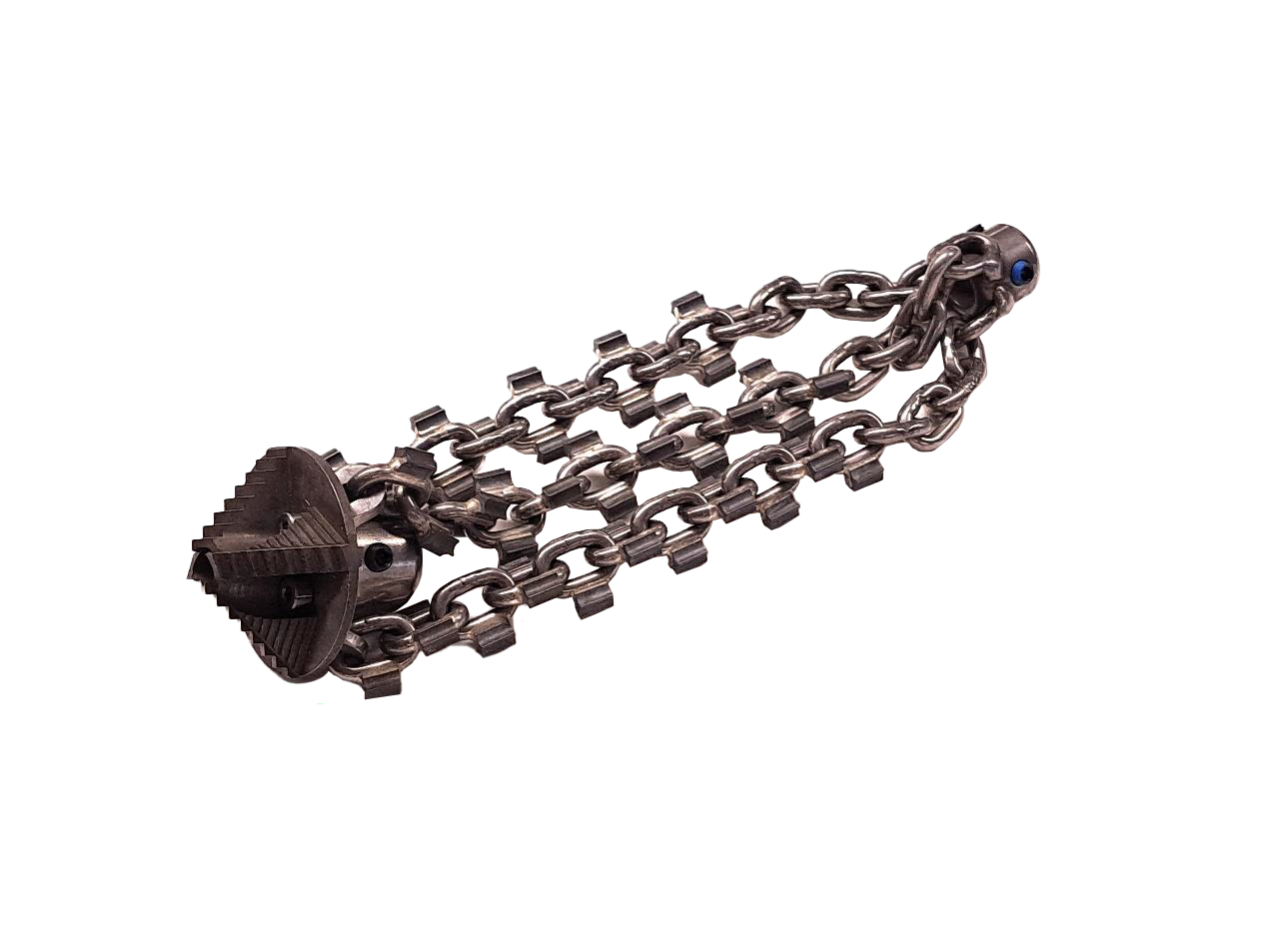
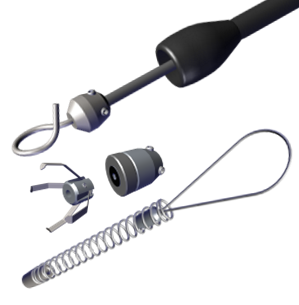
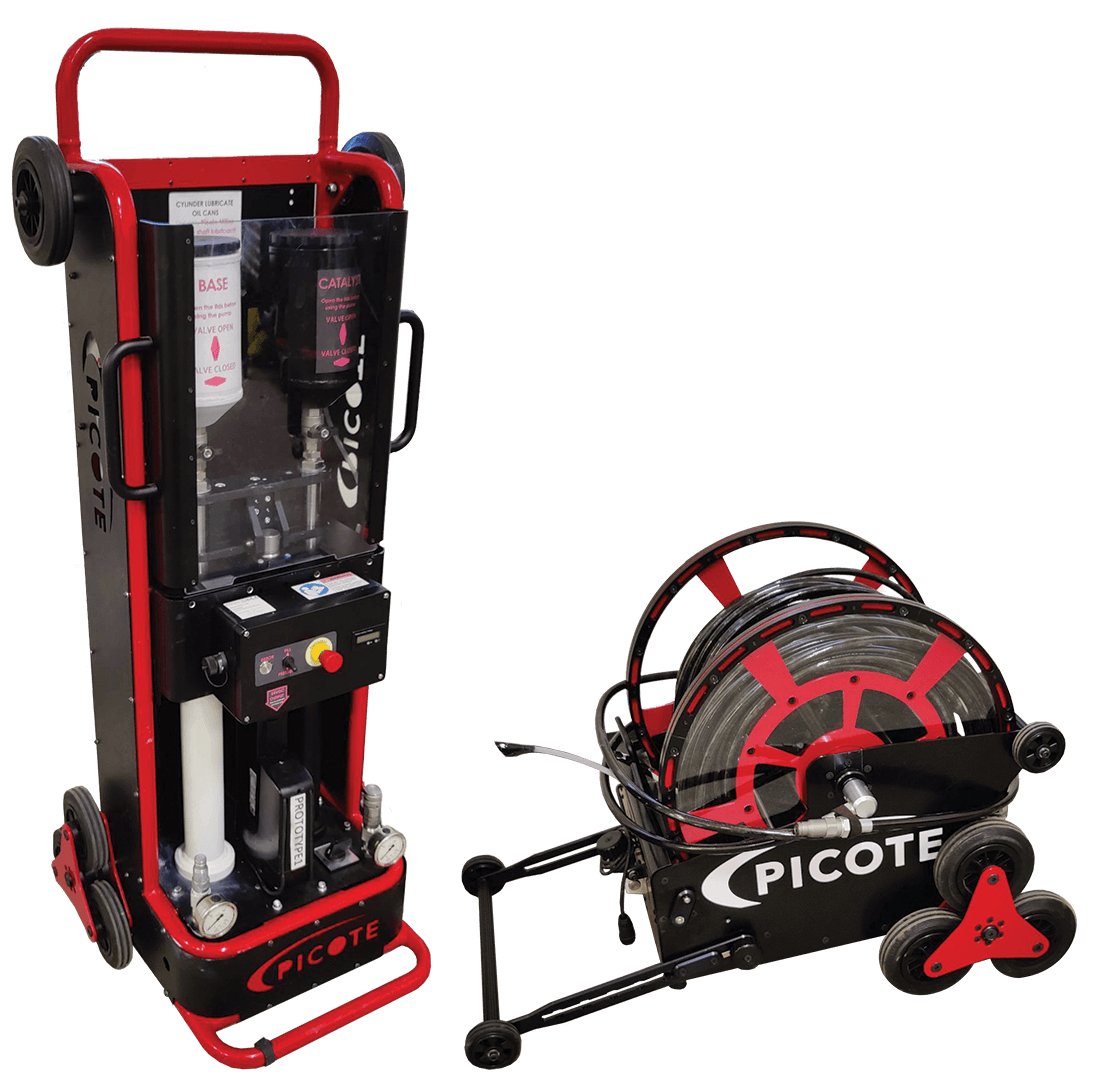
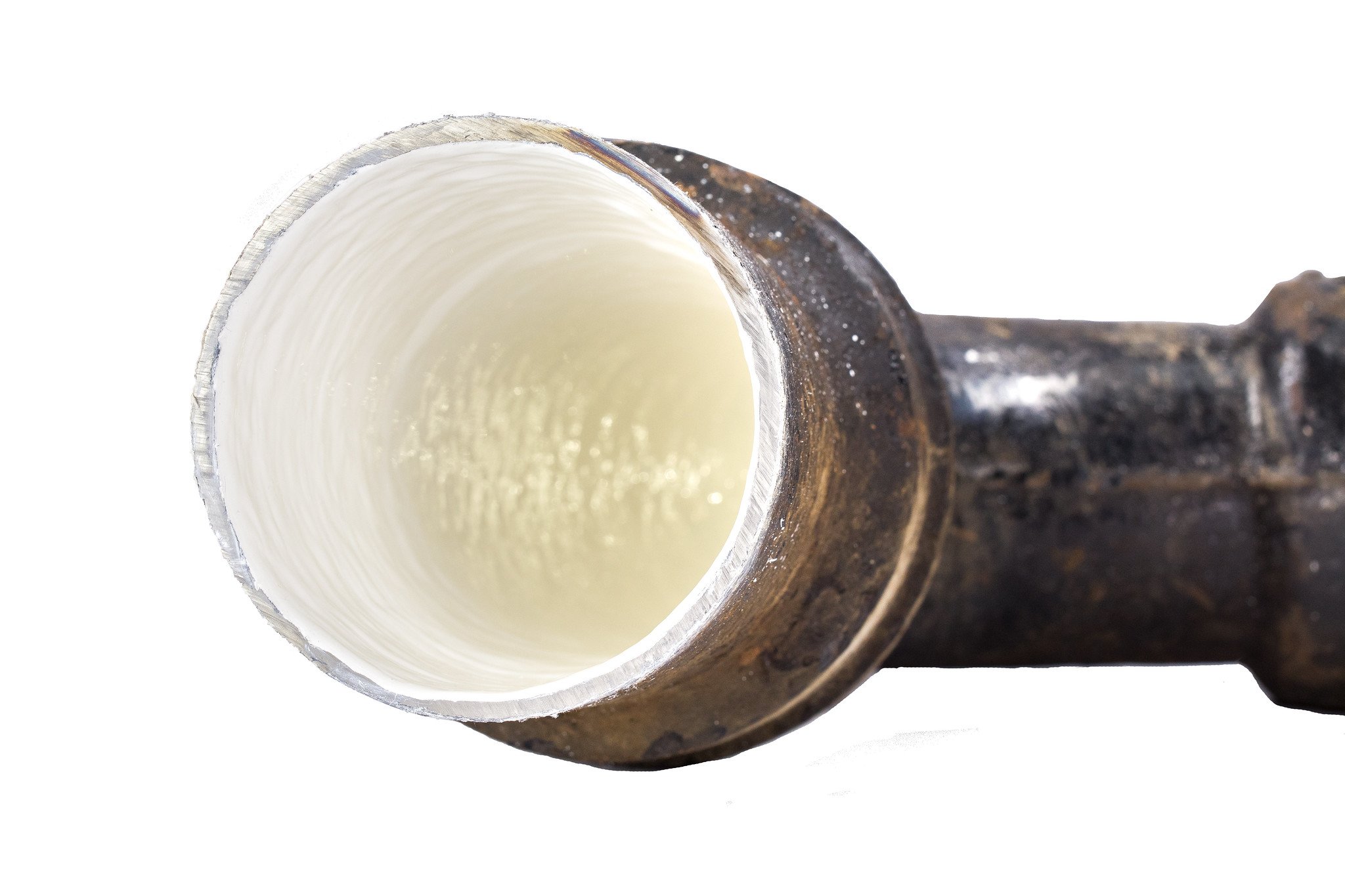
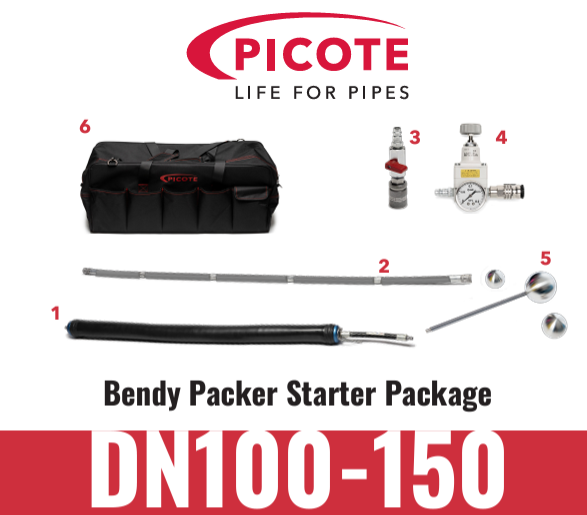
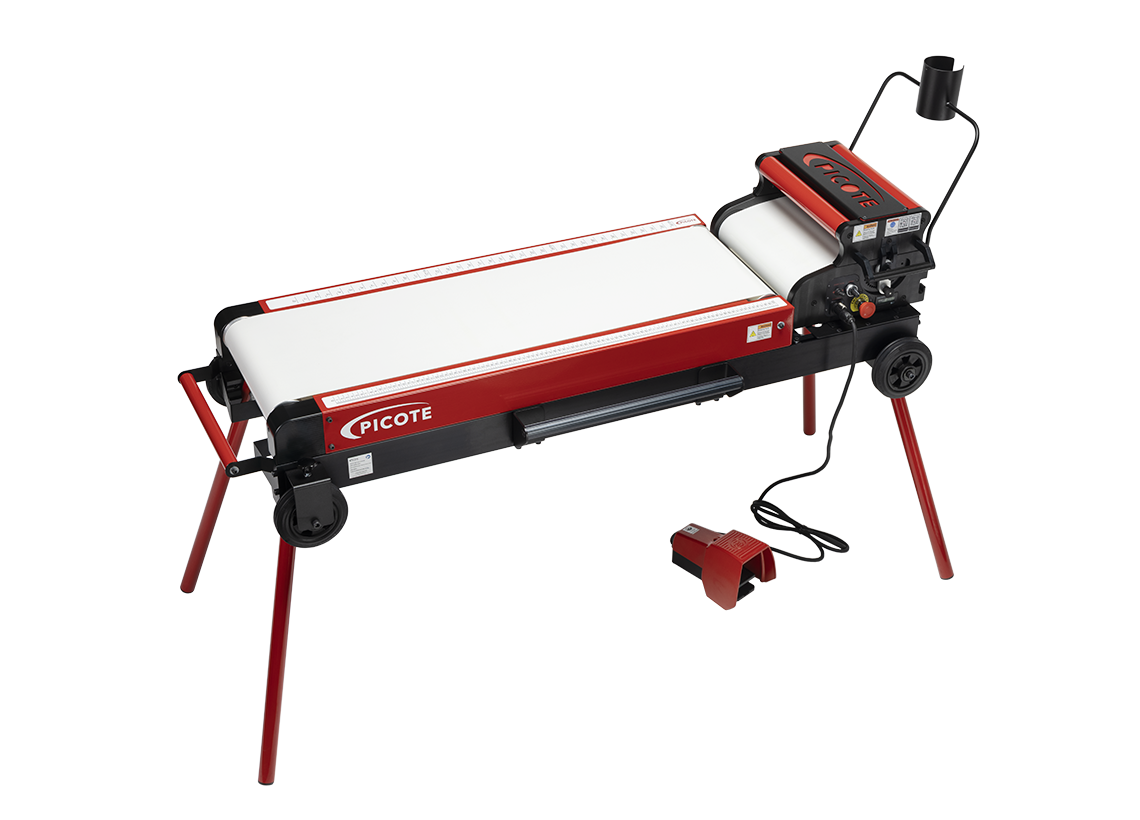
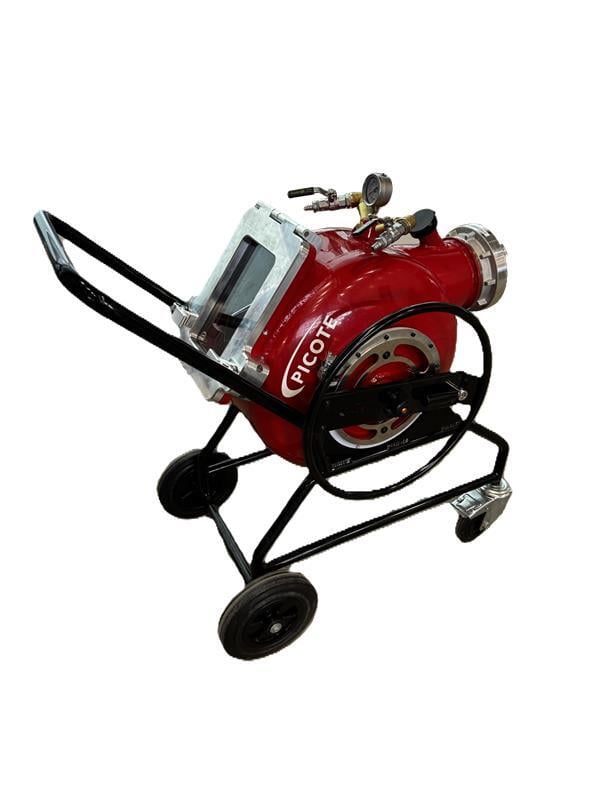
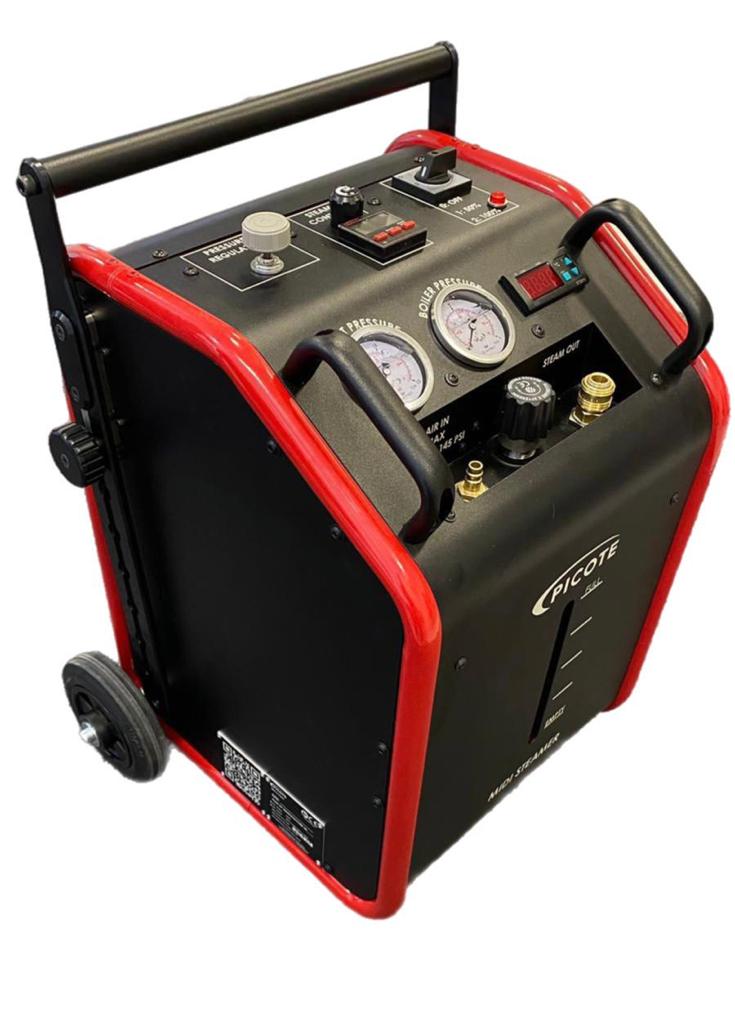
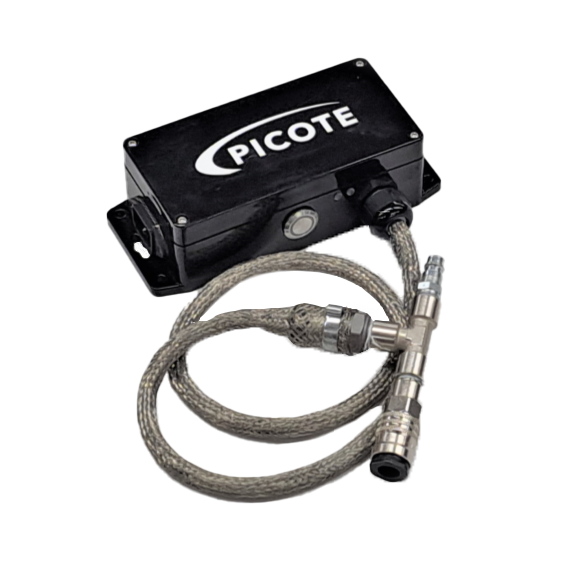
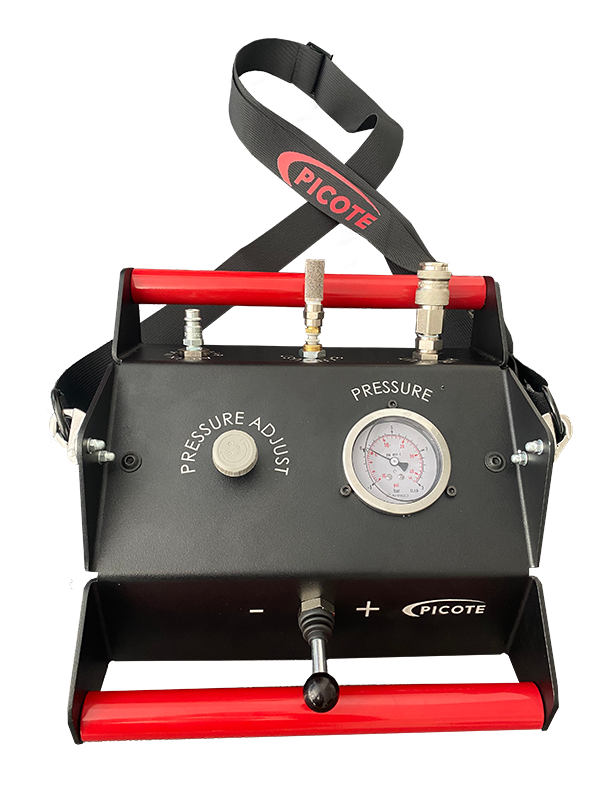
.jpg)
